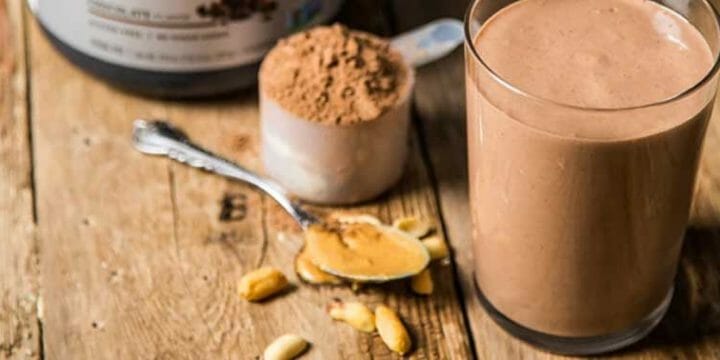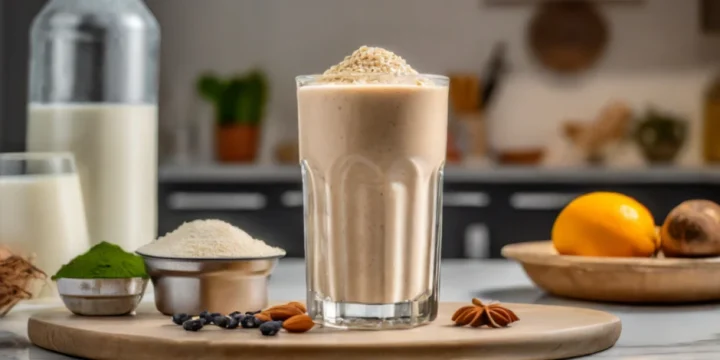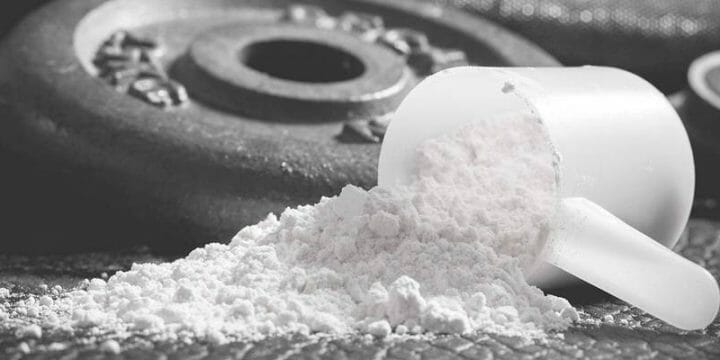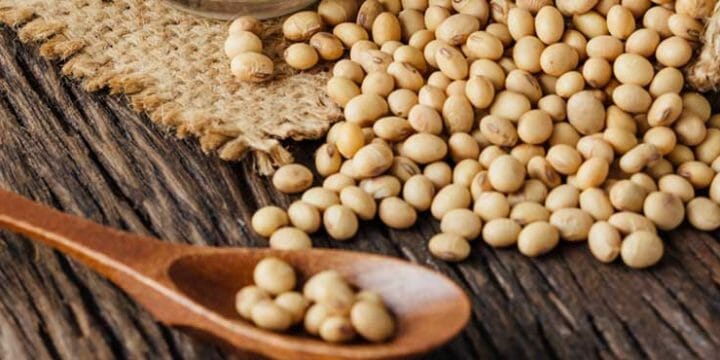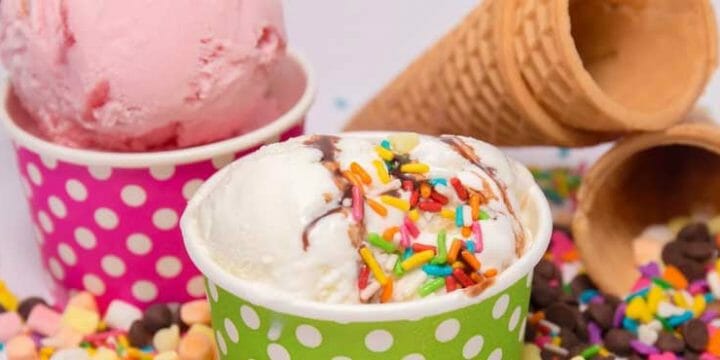I’ll never forget the first time I used protein powder. My shake was bitter and chalky, and I couldn’t get the taste out of my mouth the whole day - no matter how hard I brushed my teeth.
It was that bad. But since then, I learned why protein powders can taste so bad and what to do about getting a delicious protein shake in the end.
As a fitness trainer, my clients have been amazed at these secrets. The ones I’ll share with you here have all been fact-checked by a dietitian, so you know they’re safe.
Quick Summary
- Protein powder tastes bad because they contain artificial sweeteners and some artificial sweeteners.
- To improve the taste of your protein powders, choose flavored brands, use natural sweeteners, or make a milkshake.
- According to research by Washington State University, organic foods have higher antioxidant levels than non-organic foods because they are not treated with pesticides like their counterparts.
- In my opinion, the secret to a great-tasting protein shake lies in choosing high-quality, natural ingredients.
Why a Protein Powder May Taste Bad?

A protein powder may taste bad because you simply don’t like the ingredients. In that case, you can switch to a high-protein diet or sweeten an unflavored protein powder yourself. But there are a few additional reasons you should be aware of.
In my experience as a health & performance coach, I've noticed that clients often have unique taste preferences including unique choices in texture while many don't like protein powders without natural ingredients.
Interestingly, cultural differences significantly impact protein powder taste preferences, with varying regions favoring either milder or more robust flavors, influencing global manufacturing formulations. Let’s explore how these factors influence the taste of your protein shake in more depth.
Artificial Sweeteners
Does your protein powder contain an artificial sweetener—or a handful of artificial sweeteners? If so, they may be causing your protein shake to taste like metal.
It's fascinating to note that the evolution of protein powder taste has seen significant changes over the years, with earlier versions being far less palatable than today's offerings, as manufacturers have worked to improve both taste and texture.
Here are a few common artificial sweeteners found in protein supplements:
- Sucralose
- Acesulfame potassium
- Aspartame
- Saccharin
Besides having a terrible taste, artificial sweeteners may also cause health problems. For example, studies published by Environmental Health have linked aspartame with cancer [1].
With that in mind, switching to a natural sweetener might be a better idea than looking for an artificial one that tastes better. That way, you’ll ensure your protein shake is both tasty and healthy.
Zero Natural Ingredients
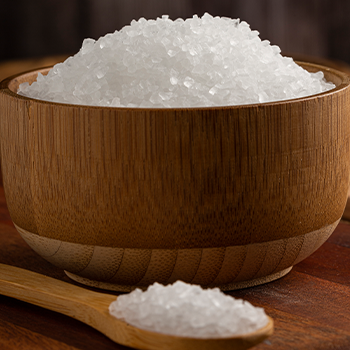
From my experience, clients often find that protein shakes with natural ingredients taste better and feel better after consumption. But natural flavors may taste bad, too, depending on whether they’re derived from an organic or non-organic origin.
Organic foods aren’t treated with pesticides, so they’ll have higher antioxidant levels than their non-organic counterparts, as per the research done by Washington State University [2].
Besides antioxidants being generally good for you, they also affect the taste, aroma, and mouthfeel. The solution? Choose a powder that contains natural and organic ingredients.
Low Mesh Count
Mesh count, which determines protein shake texture, significantly impacts taste.
I remember working with a client who always complained about the chalky texture of their shakes. A switch to a higher mesh count protein powder transformed their experience from chalky to smooth, greatly enhancing flavor.
It’s a measure of the texture of your protein shake:
- Higher mesh count = smoother texture
- Lower mesh count = chalky texture
The texture of the food you eat—or protein shakes you drink—does influence taste. For example, we experience flavors more strongly when food is in its liquid form.
A smoother texture, often achieved with milk protein powders, can make a notable difference in your shake's taste.
An Inadequate Blender
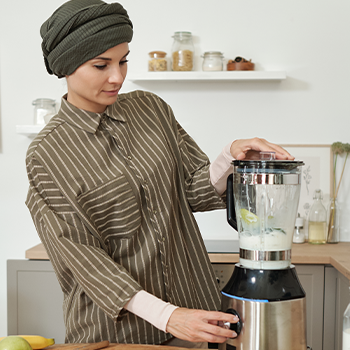
If you’re still not getting a uniform texture even after using ingredients that are easier to blend, the problem could be in your blender.
You should use a blender that has sharp blades and can mix at high speed. That’s the only way your protein shakes will get a smooth texture.
If your blender isn’t up to the task, consider investing in a slightly more expensive one.
You’ll be shocked by how much difference it can make.
Related post: Best Ways to Mix Your Protein Powder
You’re Not Following the Directions for Use
Every protein powder is different. Yours might call for specific ingredients and ratios. You should be able to find this out by reading your powder’s label.
Make sure you follow the directions to a T because incorrect mixing may be the reason why your protein shakes taste so bad. Use measuring cups and the ingredients recommended on the label.
How to Improve the Taste of Your Protein Shake

We’ll give you five ideas on how you can improve a bad-tasting protein powder and finally start enjoying your protein shakes.
From my coaching experience, I've found that even small tweaks, like adding a dash of cinnamon or switching to plant-based milk, can make a world of difference for my clients' taste experiences.
- Pick a Different Protein Powder: Start with an unflavored one so you can mix in your favorite flavors without clashing. Or, try a tasty flavored option, like vanilla whey.
- Sweeten Naturally: Ditch artificial sweeteners for powder that contains no artificial sweeteners. Try using these natural ingredients to sweeten your protein shakes: maple syrup, honey, agave, or fruit juice. Cherry, pomegranate, or orange juice work great. Or, toss in fruit like mashed berries, bananas, mangos, or strawberries.
- Add Flavor Boosts: Use sugar-free extracts like peppermint, vanilla, or almond. Cinnamon or cocoa powder are great too.
- Keep It Chilled: Cold shakes taste best. Short on time? Just add ice.
- Milkshake Magic: Turn your shake into a creamy treat with milk or yogurt (add water if using yogurt). Lactose intolerant? Go for orange juice or almond, coconut, or soy milk.
You can also check our article about the tastiest protein powders with water.
Related article:
FAQs
How Do You Take Protein Powder if You Hate the Taste?
If you hate the taste of protein powder, mix it with other ingredients you like. Adding almond milk, natural sweeteners, and flavor extracts can help make your protein shakes taste much better. In that case, you can switch to a high-protein diet or sweeten an unflavored protein powder yourself.
References:
- https://ehjournal.biomedcentral.com/articles/10.1186/s12940-021-00725-y
- https://csanr.wsu.edu/significant-benefits-organic-plant-based-foods/
About The Author
You May Also Like

